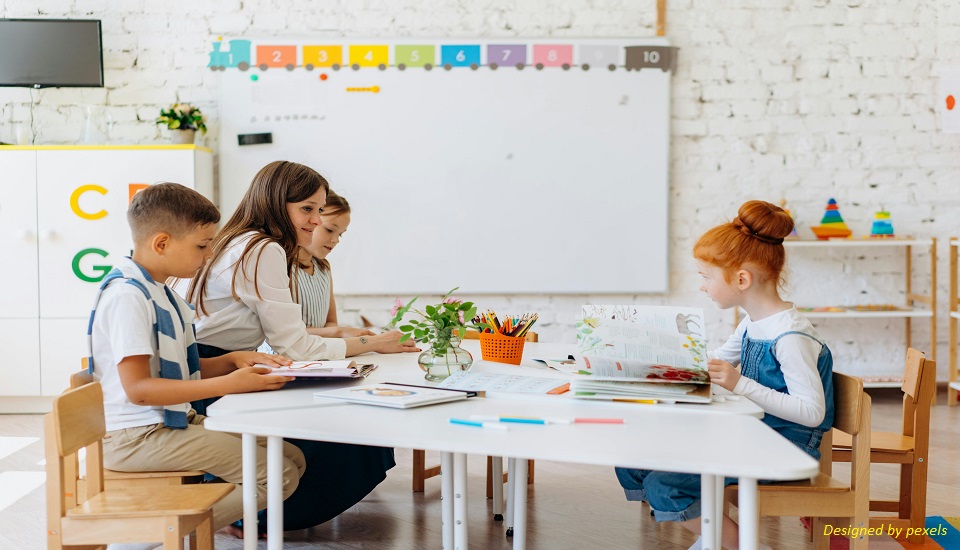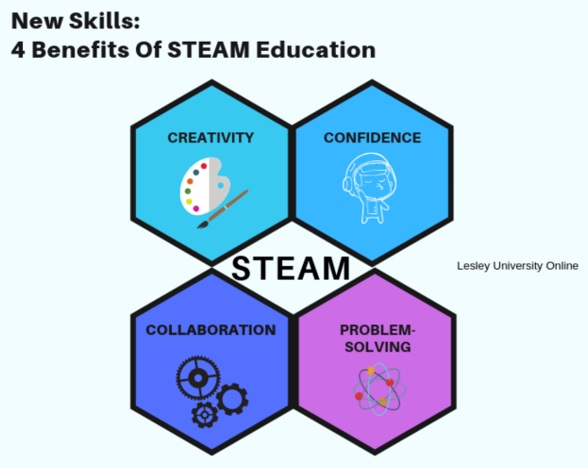5 Easy and Effective STEAM Projects that Special Education Teachers Can Use
21st April 2025

Not everyone learns the same way. Some struggle to stay focused in a traditional classroom and it can be frustrating when they are bored or upset by fixed structures.
Research shows that one out of every seven students needs extra help with learning. So, how can you help students with special education needs (SEN)? As a SEN teacher, what can you do to bring out their hidden talents that do not show up in regular worksheets and lectures?
STEAM (Science, Technology, Engineering, Art, and Math) learning can help. The SEN-friendly STEAM projects let students touch, build, move, and create- making learning both fun and meaningful in ways that traditional teaching often can't match.
5 Inclusive Classroom STEAM Ideas
Making learning inclusive while keeping it fun can sometimes feel like balancing on a tightrope. But not anymore, when you have these five SEN STEAM learning activities that cater to all learning styles and help students of all abilities succeed.
1. Marshmallow Towers
This project helps students build the tallest free-standing tower using marshmallows and straws (or toothpicks). It turns big ideas like 'balance' and 'stability' into something students can see and touch. Students quickly learn that wider bases and triangle shapes create stronger structures.
The benefits include:
- Uses soft, easy-to-handle materials.
- Encourages teamwork and taking turns.
- Provides instant feedback—if the tower falls, they know to try again.
- Allows participation at different skill levels.
You can show pictures of towers or simple drawings to guide students. Give clear verbal instructions to help everyone understand.

Source: teachthought.com
2. Musical Water Jars
This fun experiment shows how sound travels and what changes pitch. Students can see and hear how vibrations work. Fill 4-5 glass jars with different amounts of water. Students tap them gently with spoons to create different sounds.
The benefits include:
- Perfect for students who learn through listening.
- Very relaxed and playful activity.
- Shows clear cause-and-effect: more water creates lower sounds.
- No reading or writing is needed, just listening and exploring.
Try turning this activity into a music session where students create simple songs with their water jars.
3. Water Filtration Challenge
This project helps students understand filtration and the importance of clean water. They watch as each layer removes particles from the water.
The benefits include:
- Features clear, step-by-step process.
- Builds problem-solving skills.
- Makes big world issues easy to understand.
- Focuses on watching and doing, not reading.
Let students work at their own speed. Include sensory elements like feeling the different materials if appropriate.
4. Storybook Engineering
Read a story with a challenge (like ‘The Three Little Pigs’). Then ask students to build a solution or dream house using craft supplies.
The benefits include:
- Combines reading with hands-on learning.
- Offers multiple ways to share ideas- drawing, building, telling stories.
- Helps students who struggle with words to show understanding.
- Makes learning personal by connecting to their imagination.
For students who find writing difficult, offer starter sentences like 'My house has ____ because ____.'
5. Popsicle Stick Bridge Challenge
In this one, students learn about structure, weight distribution, and teamwork. They can test and improve their designs through trial and error. You can try popsicle sticks, string, and glue, students build bridges. Then test how much weight their bridges can hold using coins or small toys.
The benefits include:
- Helps develop fine motor skills.
- Teaches persistence through testing.
- Perfect for visual and physical learners.
- Provides clear goals to work toward.
You can break the project into small steps. Use pictures to show each part of the building process.
Making STEAM Projects Work for Everyone
Keep in mind the following simple adjustments to make STEAM activities more accessible for all students:
- Break big tasks into smaller steps to reduce feeling overwhelmed.
- Offer easy-to-use materials like pre-cut shapes or tape for comfort.
- Use picture schedules and timers to help with time management.
- Praise effort rather than perfection to build confidence.
- Make groups of students based on complementary strengths.
- Create a quiet space for short breaks when needed.
Bottom Line
Educators who pursued the Bachelor of Education in Special Educational Needs program agree that hands-on learning gives every student the chance to shine in their own way. Sometimes, all it takes is building a simple bridge or filtering dirty water to help a child feel smart, capable, and excited about learning again. The key is to embrace each learner's unique strengths and give them the tools to succeed.








